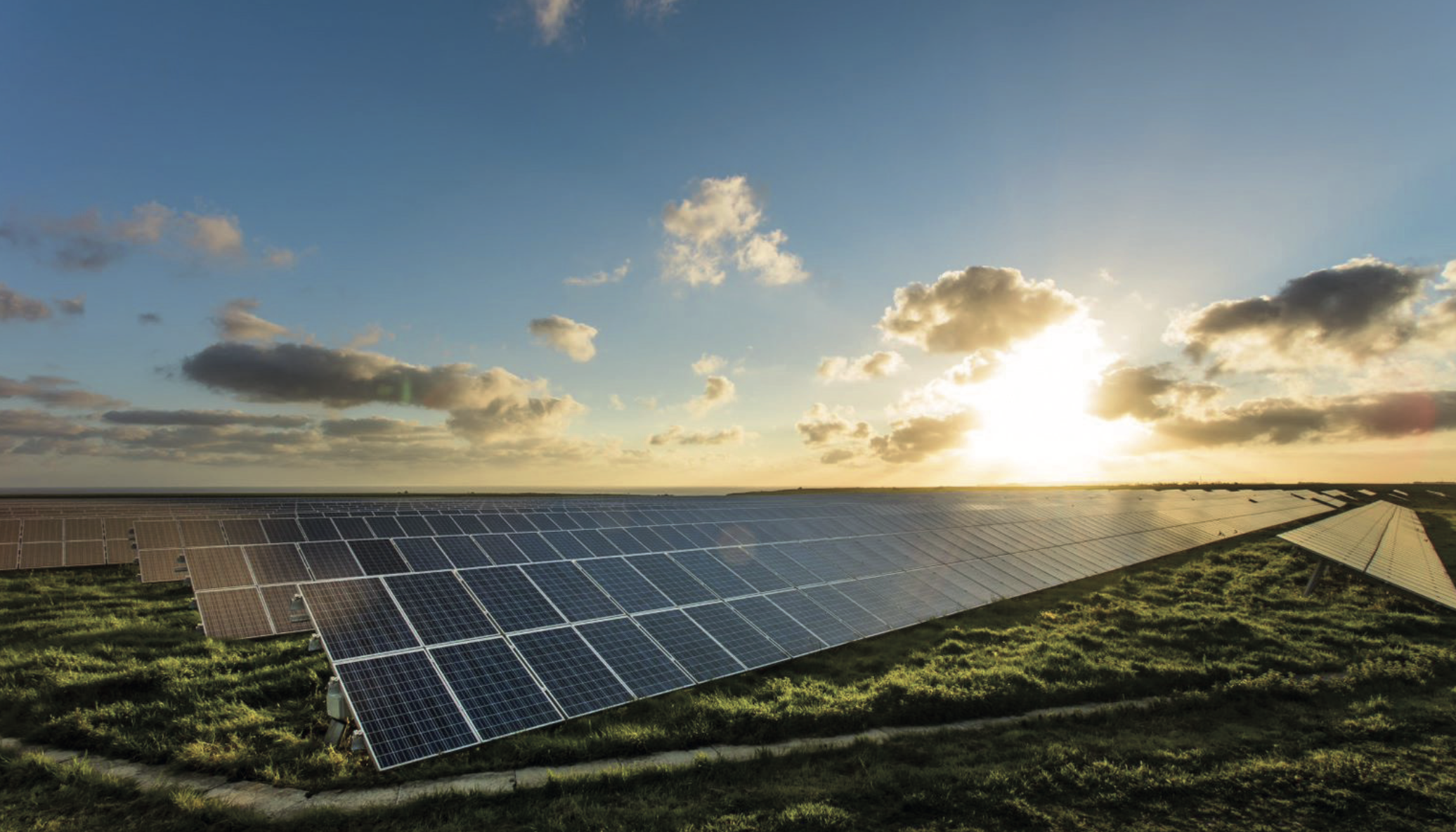In late 2018, the ISO 9060 standard for solar radiometers underwent a remarkable update that brought significant changes to the classification of solar radiation measurement quality. At first glance, ISO 9060:2018 appears to be mainly a renaming of radiometer classification launched in the original version from 1990. But, as often, the devil is in the detail and still causing a lot of confusion within the solar industry. Dr. Joop Mes, Senior Scientist and OTT HydroMet, was part of the committee that updated the ISO 9060 standard. In this interview with PES, Mes explains the difference between the versions and how users benefit from it.
PES: After nearly 30 years, ISO 9060 was changed in 2018. An overdue update?
Dr. Joop Mes: Since 1990, many things have changed. Now, all manufacturers make smart sensors too and that means they come with internal amplifiers and processing units. Of course, this causes additional errors. With its 2018 update, the standard considers the small signal processing errors and includes smart instruments.
PES: Does that mean that smart sensors always come with bigger errors than analogue ones?
JM: No, this is not true and a common mistake that one could make thinking ‘that error was not there before’. But you cannot look at the sensor alone. It is always linked to a data logger or another device that receives and converts the signal from analogue to digital; sometimes it also amplifies it.
Looking at the system as a whole, that processing error always was there. The only difference is that in smart sensors the signal processing happens now in the device itself, not in a later step in the data logger. So, this is not an additional error, it was there before. It just wasn’t covered by the standard.



























